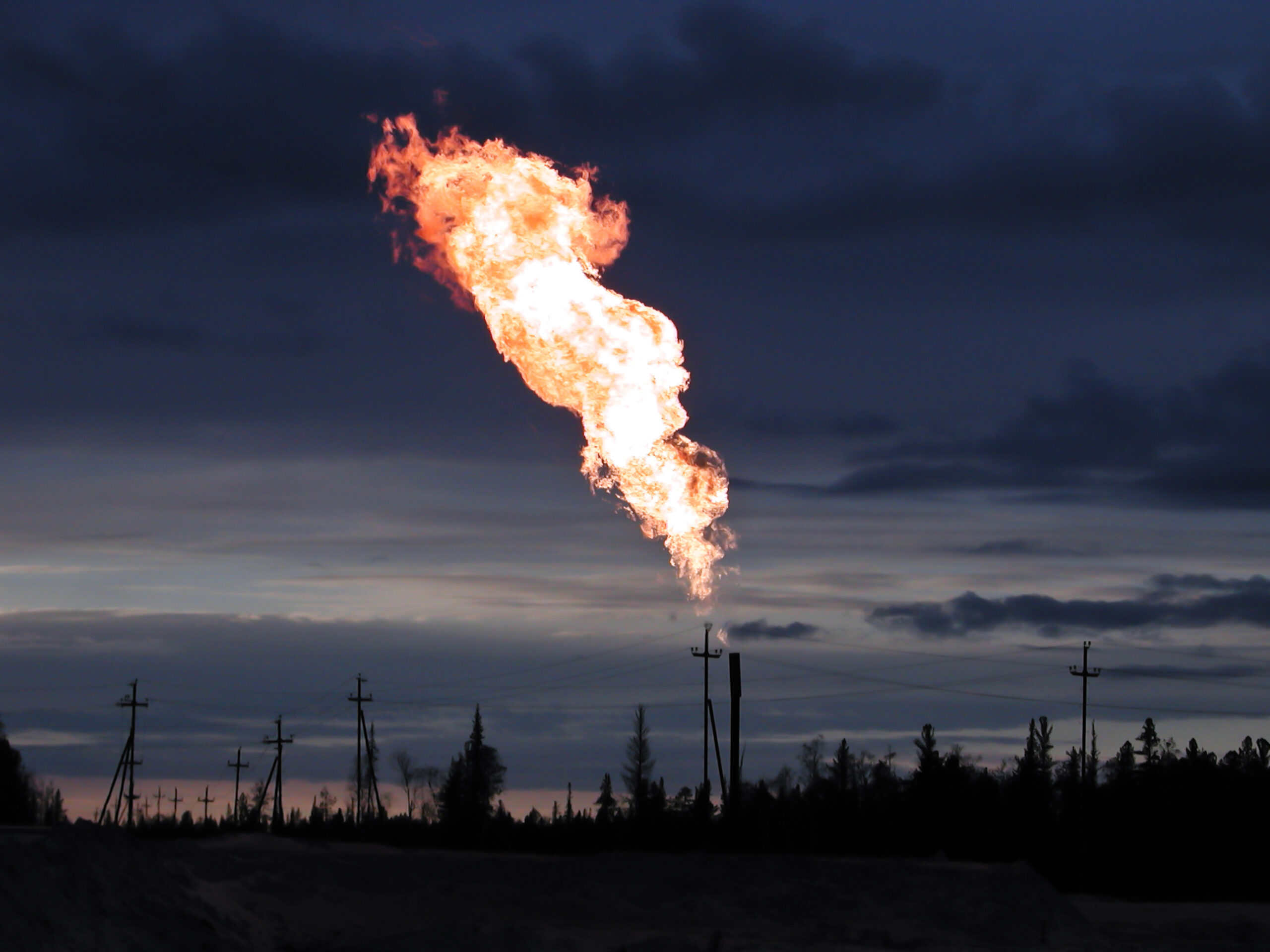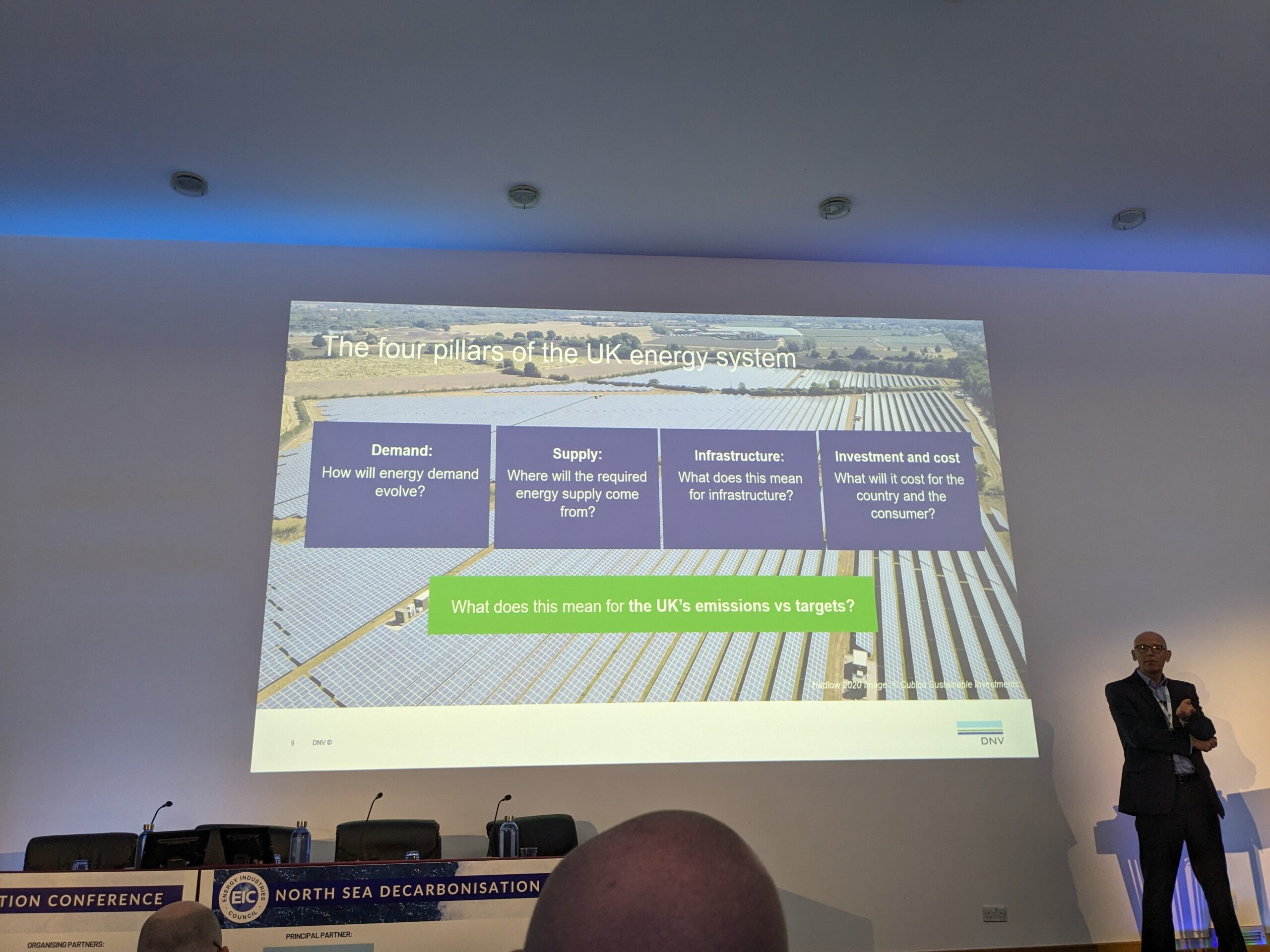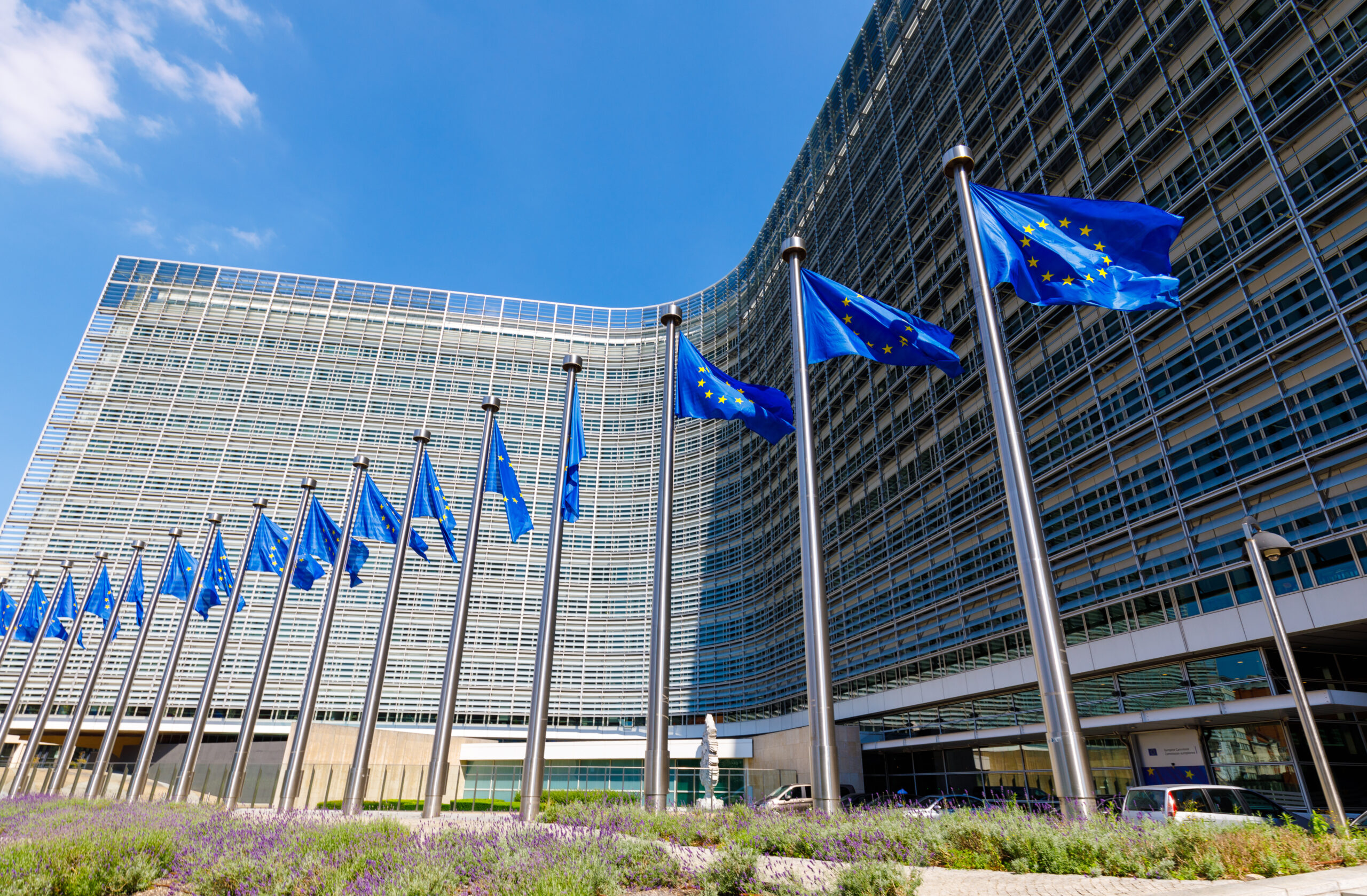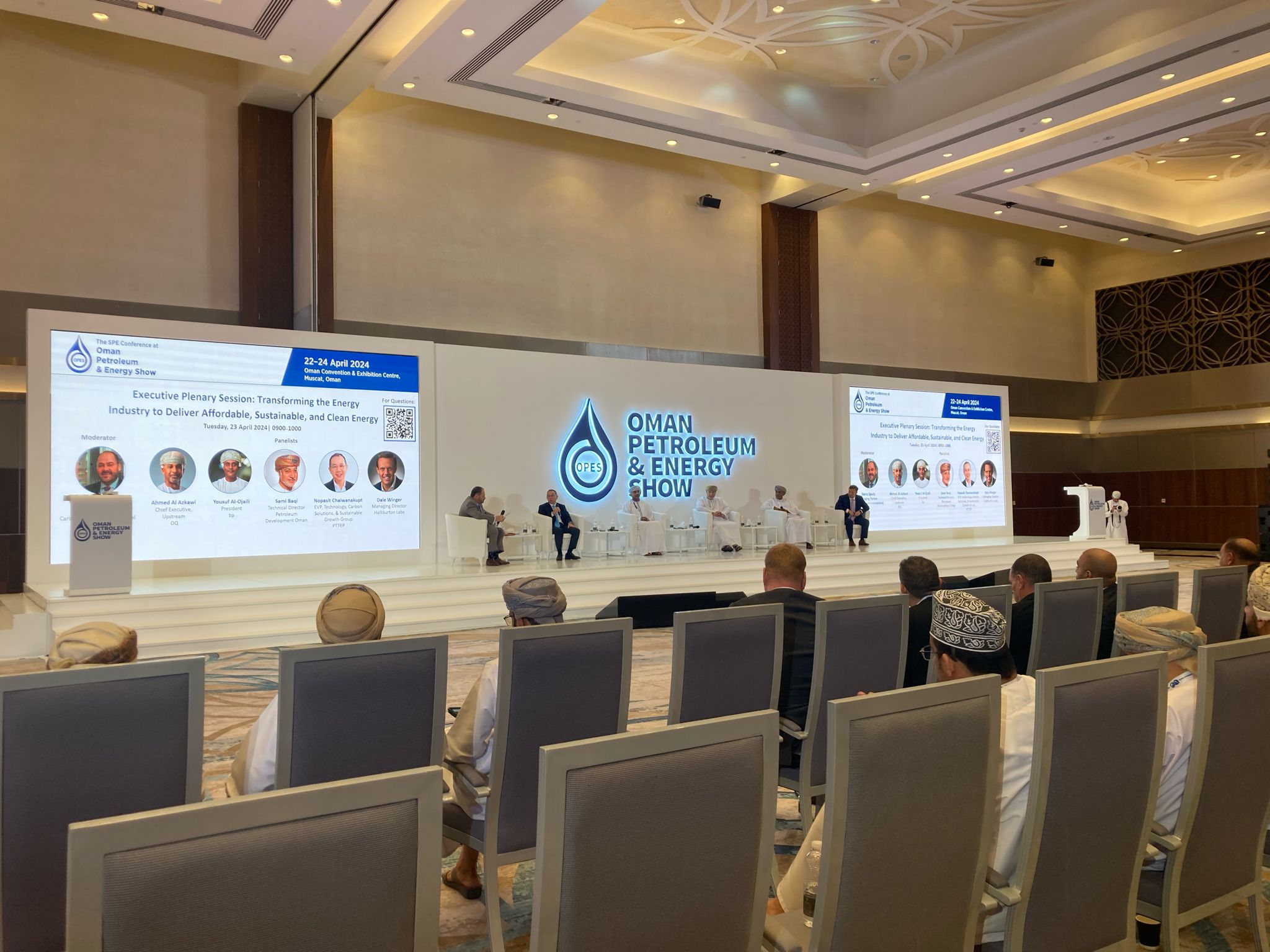Africa must avoid gas flaring, boost renewables: report
An Africa Energy Chamber report advocates for Africa to minimise gas flaring, prioritise utilisation, impose penalties, and boost renewables.

The Africa Energy Chamber (AEC), in its recently launched State of Africa’s Energy report, says Africa needs to avoid natural gas flaring to reduce emissions, and pivot towards cleaner renewable energy.
As Africa’s energy landscape undergoes a remarkable transformation, the report that was launched in October, provides a comprehensive overview of the evolving industry. The report’s key highlights include in-depth insights into major energy projects, current industry trends and future projections and an official guide for investing in African energy.
According to the report, “when it comes to gas flaring related emissions, Africa paints a slightly different picture. Africa moves up to the third spot with respect to absolute emissions next only to the Middle East and Russia.”
“But Africa’s natural gas output potential, over the period 2023 – 2030, is estimated to be just over one-third of that of [the] Middle East and under 50% of that of Russia. This suggests Africa is flaring relatively more volumes of natural gas as opposed to produced gas when compared to the regions that are exhibiting more flaring related emissions,” the report said.
This statement is “further cemented when we look at the comparison of emissions intensity from natural gas flaring between different regions globally. The average emissions intensity from natural gas flaring from Africa over the period 2023 – 2030 is twice that of [the] Middle East and Russia,” it added.
Reducing gas flaring
Africa Energy Chamber Executive Chairman NJ Ayuk, in an interview with Gas Outlook, said the latest insights from the research shed light on Africa’s imperative to curtail and eventually eradicate natural gas flaring. He said the report starkly positions Africa as the third-largest contributor to global gas flaring-related emissions, emphasising the urgency of addressing this environmental challenge.
“Despite not boasting the lowest hydrocarbon extraction emissions intensity, the pressing issue lies in the disproportionately high emissions from gas flaring, as highlighted by comparisons with the Middle East and Russia. The outlook advocates for Africa to adopt key strategies, including capping flaring volumes, imposing penalties for breaches, and bolstering infrastructure for natural gas monetisation.
“Encouragingly, Africa’s commitment, as reflected in initiatives like the “Decade of Gas,” signals a growing awareness of the problem. Implementing these measures not only promises substantial revenue from gas sales but also contributes significantly to climate-friendly practices.
“This concerted effort holds the potential to ensure a resilient and flourishing upstream sector in Africa, a vital prospect given the continent’s reliance on hydrocarbons for revenue, stable fuel prices, and universal electricity access. With committed action, there’s hope that Africa can navigate this challenge successfully.”
Utilisation of natural gas
The report also suggests Africa needs to prioritise utilisation of produced natural gas, monetise the produced natural gas by diverting its demand centres, both domestic and foreign and re-inject the volumes into areas without infrastructure to support gas monetisation and enhance crude oil production. It is a line of argument that many — who support a phaseout of fossil fuels as soon as possible — would oppose, even more so since leaders at COP28 decided to transition away from fossil fuels for the first time.
Howard Mwesigwa, a policy analyst at the Africa Centre for Energy Policy (ACEP), based in North Legon, told Gas Outlook that Africa holds vast natural gas reserves that can significantly drive economic growth if optimally utilised. He said rather than flaring, harnessing produced natural gas presents immense potential.
“Developing infrastructure to capture and utilise this resource can fuel various sectors like power generation,industrial production, and domestic use. Strategic investments in gas-to-power projects can bolster electricity availability, powering industries and homes, thereby attracting investments and fostering macro and micro economic growth.
“Leveraging natural gas for manufacturing processes and fertiliser production enhances industrial output, job creation, and agricultural yields, supporting food security and economic stability.”
The policy analyst further said that ultimately, prioritising local consumption and export-diversification can stimulate revenue streams, reducing dependency on imports and stabilising national economies.
He added that effective governance, transparent policies, and partnerships with the private sector and international entities can optimise natural gas utilisation, ensuring equitable distribution of benefits and sustainable economic advancement across the continent. “Ultimately, leveraging natural gas optimally, aligns with Africa’s quest for inclusive development and energy security,” he said.
Africa’s renewable energy capacity
The report further states that Africa’s renewables capacity is to be driven majorly by solar and onshore wind capacity, with hydrogen taking growth further forward during the 2030s.
The energy chamber’s Ayuk, who also doubles as the CEO of Centurion Law Group, noted that the report underscores a promising trajectory for renewables. He said Africa’s renewable energy landscape is set for significant growth, primarily driven by solar and onshore wind development.
“As of 2023, the continent’s renewable capacity stands at a modest 24 GW, dominated by onshore wind and solar. Projections indicate a substantial surge, with a remarkable 55% year-on-year increase in 2026. By 2030, onshore wind, solar, and hydrogen are anticipated to contribute 95% to Africa’s renewable capacity, reaching approximately 59 GW, 65 GW, and 22.5 GW, respectively. Analogous to planting seeds for a future harvest, this growth continues throughout the 2030s, with cumulative projections nearing 290 GW by 2035 and almost 360 GW by 2040,” he said.
However, he points out that a significant portion of this capacity remains in the concept phase. “The continent’s commitment to renewables, especially in COP27, is evident as solar and wind are poised to drive nearly half of the total capacity, emphasising a shift towards sustainable energy. Despite challenges, Africa’s substantial renewable plans, including the promising growth of hydrogen capacity, instil optimism for a sustainable energy mix in the future.”
Howard agreed that Africa’s renewable capacity is poised for significant growth, primarily driven by solar and onshore wind power. “These abundant resources offer immense potential for sustainable energy production. As technology advances and investments surge, renewables, especially hydrogen, are expected to further propel Africa’s energy landscape in the 2030s.
“Hydrogen’s emergence as a potent energy carrier holds promise for storage and transport, complementing the solar and wind capacities. This diversified renewable energy mix not only ensures energy security, but also positions Africa as a key player in the global shift towards sustainable energy solutions,” he said.



